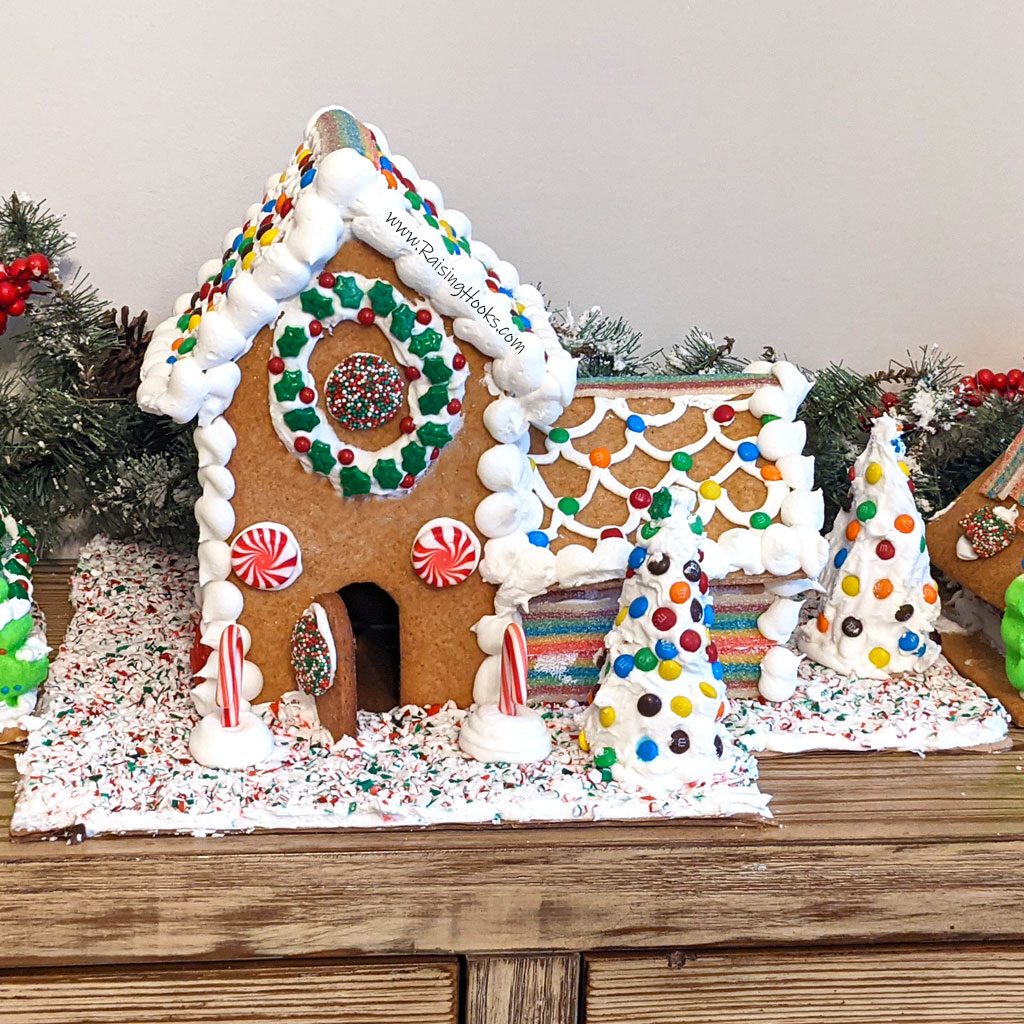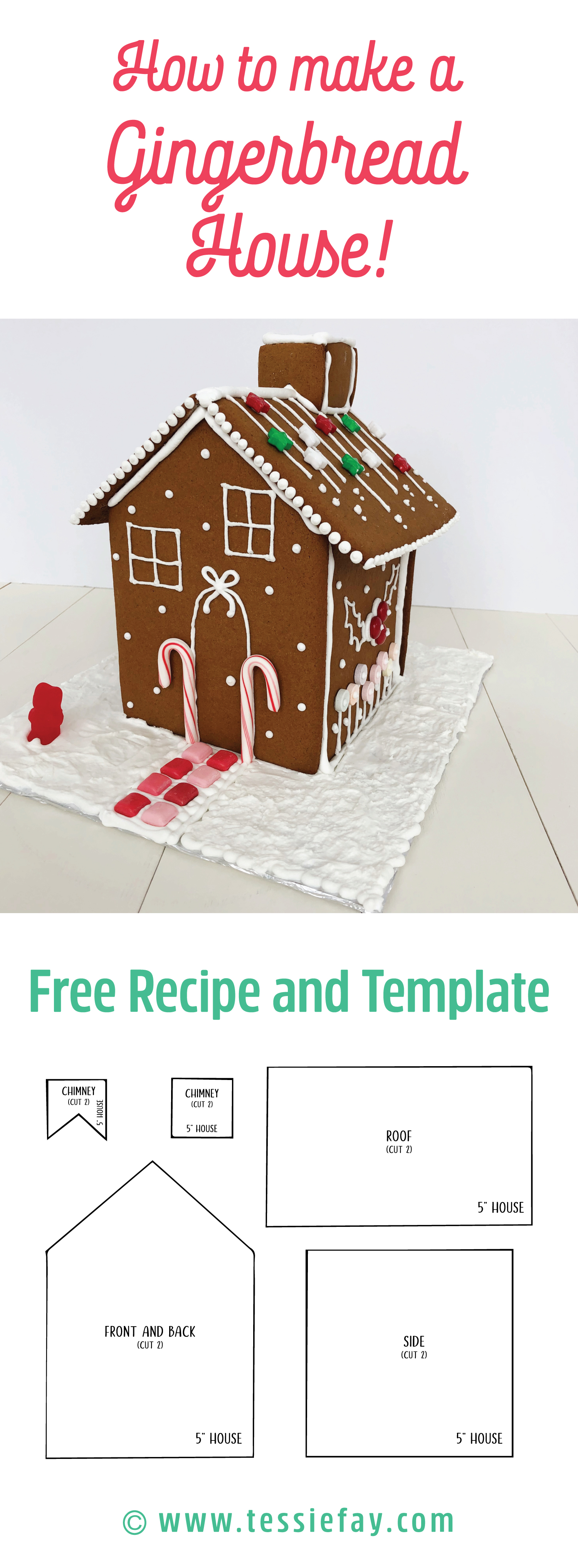The Ultimate Guide to Gingerbread house Templates: From Simple Shapes to Elaborate Edifices
The aroma of warm spices, the sugary sparkle of royal icing, the joyful anticipation of creating a miniature edible masterpiece – all these elements combine to make gingerbread house building a beloved holiday tradition. But before you can bring your sugary vision to life, you need a solid foundation: a well-designed gingerbread house template. This comprehensive guide will walk you through everything you need to know about gingerbread house templates, from choosing the right style and complexity to scaling your patterns and assembling your edible creation.
Why are Templates Essential for Gingerbread Houses?
Templates are the architectural blueprints for your gingerbread house. They provide precise shapes and measurements for each component, ensuring that your walls stand straight, your roof fits snugly, and your house doesn’t crumble under the weight of its sugary decorations. Without a template, you’re essentially free-handing your gingerbread construction, which can lead to uneven walls, mismatched pieces, and a structurally unsound (and potentially disappointing) final product.

Choosing the Right Gingerbread House Template: From Beginner to Expert
Gingerbread house templates come in a vast array of styles and complexities. Choosing the right one depends on your experience level, the time you have available, and the desired level of detail.
Beginner-Friendly Templates: Simple Shapes, Big Fun
If you’re new to gingerbread house construction, start with a simple template. These often feature basic geometric shapes like squares and rectangles for the walls and roof. A simple template is easier to cut out, assemble, and decorate, making it a perfect project for beginners and children. Look for templates that clearly mark each piece and provide step-by-step instructions.
Intermediate Templates: Adding Detail and Dimension
Once you’ve mastered the basics, you can move on to more intricate templates. These might include dormer windows, angled roofs, or separate chimney pieces. Intermediate templates offer more opportunities for creative decoration and allow you to build a more visually interesting gingerbread house.
Advanced Templates: Architectural Marvels

For experienced gingerbread architects, the sky’s the limit! Advanced templates can include multiple levels, intricate rooflines, balconies, and even separate outbuildings. These templates require precision cutting, careful assembly, and a significant time commitment. However, the results can be truly spectacular, showcasing your gingerbread artistry.
Finding Gingerbread House Templates: Free vs. Paid
You can find gingerbread house templates in various places, both online and in print.
Free Templates: A Budget-Friendly Option
Numerous websites offer free gingerbread house templates. These can be a great starting point, especially for beginners. However, free templates may vary in quality and clarity. Be sure to carefully review the instructions and diagrams before you begin.
Paid Templates: Premium Designs and Detailed Instructions
If you’re looking for more unique designs or highly detailed instructions, consider purchasing a gingerbread house template. Paid templates often come with professionally illustrated diagrams, step-by-step instructions, and even suggestions for decorating.
Scaling Your Gingerbread House Template: Adjusting the Size
Sometimes, you might find a template you love, but it’s not the right size for your needs. Scaling a template allows you to adjust the dimensions of your gingerbread house without altering the proportions.
Using a Printer to Scale: Simple Adjustments
Most printers allow you to scale images. You can usually specify a percentage to enlarge or reduce the template. Be sure to scale all the pieces by the same percentage to maintain the correct proportions.
Manual Scaling: For Precise Control
If you need more precise control over the scaling, you can do it manually. This involves measuring each piece of the template and then recalculating the dimensions based on your desired size. This method is more time-consuming but ensures accuracy.
Materials and Tools for Gingerbread House Construction
Once you have your template, you’ll need the right materials and tools to bring your gingerbread house to life.
Gingerbread Dough: The Foundation of Your House
The most important ingredient is, of course, the gingerbread dough. You can find numerous recipes online or use a pre-made mix. The dough should be firm enough to hold its shape during baking and construction.
Royal Icing: The Glue and Decoration
Royal icing acts as the “glue” that holds your gingerbread pieces together. It’s also used for decorating, creating intricate designs and adding a touch of sugary sparkle.
Decorations: Unleash Your Creativity
The possibilities for decorating your gingerbread house are endless! Use candies, sprinkles, marshmallows, pretzels, and other edible treats to create a unique and festive design.
Tools: Essential for Construction and Decoration
You’ll need a few essential tools, including a sharp knife for cutting out the template pieces, a rolling pin for rolling out the dough, piping bags and tips for applying royal icing, and a ruler or measuring tape for accurate measurements.
Assembling Your Gingerbread House: Step-by-Step Guide
The assembly process will vary slightly depending on the specific template you’re using, but here are some general guidelines:
Baking the Pieces: Following the Template
Roll out your gingerbread dough and use your template pieces to cut out the shapes. Bake the pieces according to the recipe instructions, being careful not to overbake them.
Preparing the Royal Icing: The “Cement”
Prepare your royal icing according to the recipe. You’ll need different consistencies for different purposes – a thicker consistency for assembling the house and a thinner consistency for decorating.
Assembling the Walls: Building the Foundation
Begin by assembling the walls of your gingerbread house. Use royal icing to “glue” the pieces together, ensuring they are straight and secure. Allow the icing to set completely before moving on to the next step.
Attaching the Roof: Completing the Structure
Once the walls are stable, carefully attach the roof pieces. Again, use plenty of royal icing and allow it to set completely.
Decorating Your Gingerbread House: The Fun Part!
Now comes the most creative part – decorating your gingerbread house! Use royal icing to create intricate designs, add candies and sprinkles, and let your imagination run wild.
Tips for Success: Creating a Gingerbread Masterpiece
Plan ahead: Read through the instructions and gather all your materials before you begin.
Beyond the Basics: Exploring Advanced Techniques
Once you’ve mastered the basics of gingerbread house construction, you can explore more advanced techniques.
Adding Lighting: Creating a Warm Glow
You can add a warm glow to your gingerbread house by incorporating LED lights. Simply create small openings in the back of the house to insert the lights.
Creating Landscapes: Building a Gingerbread Village
Take your gingerbread house to the next level by creating a miniature landscape around it. Use icing and edible materials to create trees, snow, and other outdoor features.
3D Printing Templates: The Future of Gingerbread Design
3D printing technology has opened up new possibilities for gingerbread house design. You can now create custom templates with intricate details and complex shapes.
Gingerbread House Templates: A Timeless Tradition
Gingerbread house building is a cherished holiday tradition that brings joy to people of all ages. With the right template and a little creativity, you can create a miniature edible masterpiece that will be the centerpiece of your holiday celebrations. So, gather your ingredients, choose your template, and get ready to embark on a sweet and festive adventure!
gingerbread house template
